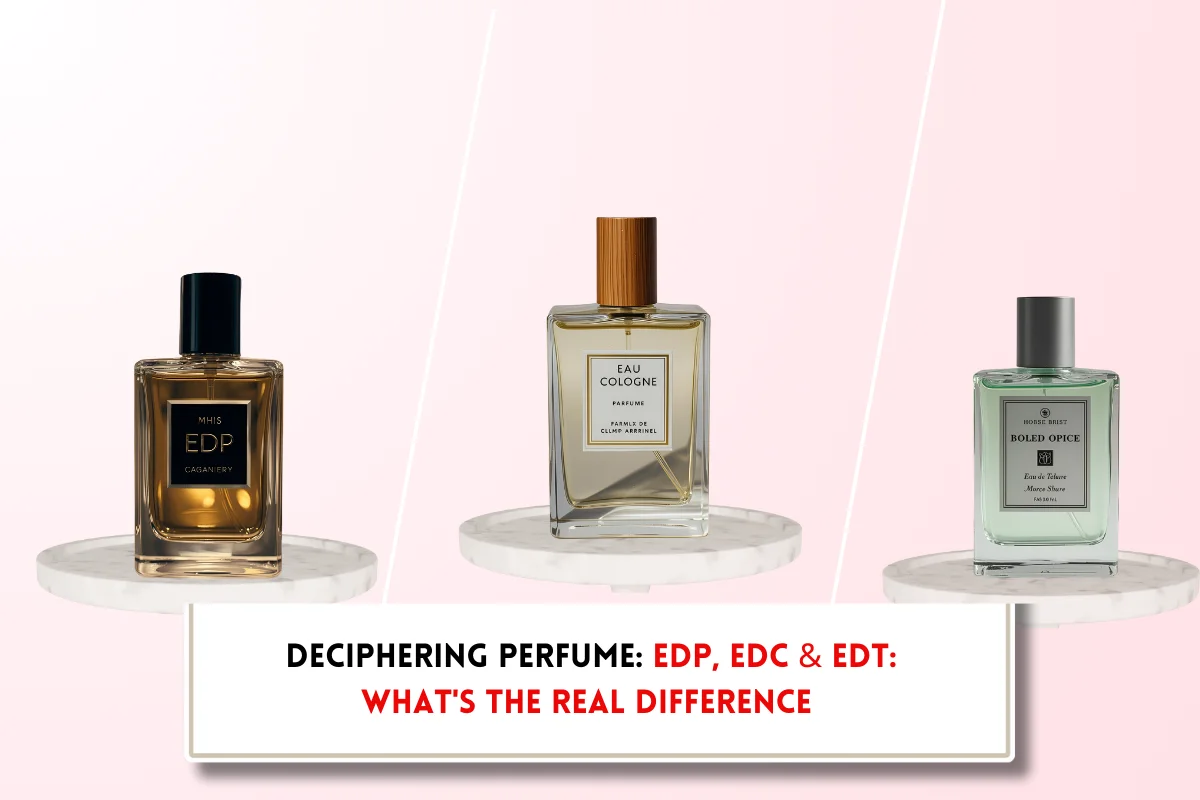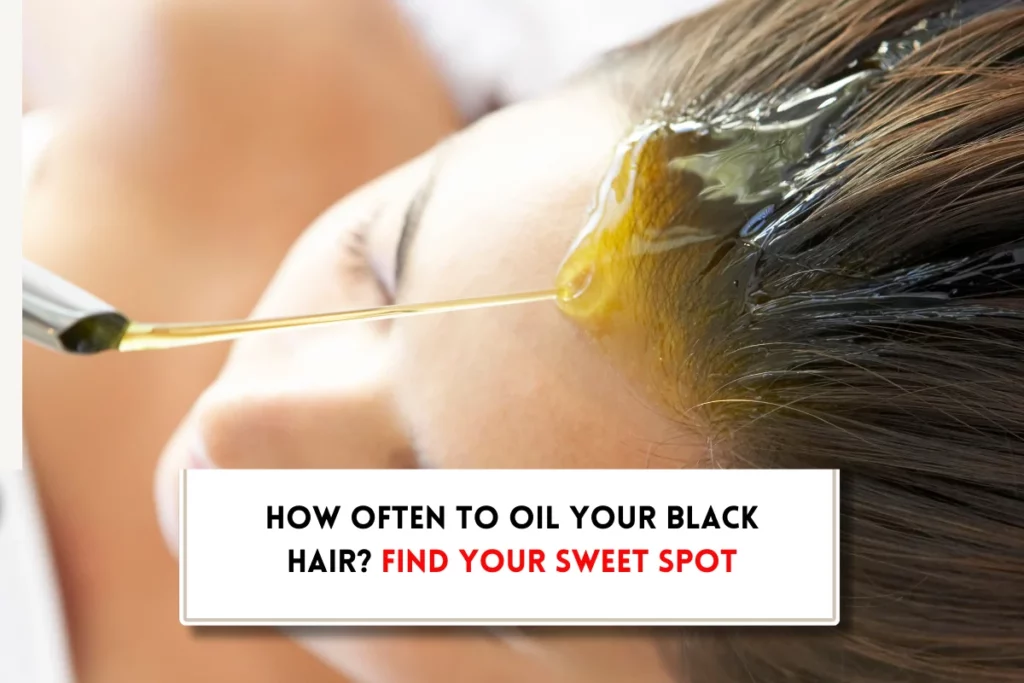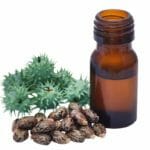What did people use before shampoo? – History of shampoo
At BeautyCaters, our expert team independently curates every recommended product. Purchases through our links may earn us a commission. Explore our transparent selection process.
Shampoo is a omnipresent part of our hair care schedule. We can hardly think of hair wash without shampoo. But, do you know, shampoo is a recent invention in the world of hair care. So, what was the hair wash regime before shampoo came into being? What did people use before shampoo? you would be surprised to know the creative way people used to maintain their locks. So, let’s explore the fascinating history of hair care before the age of shampoo.

A brief history: What did people use before shampoo?
The evolution of hair care practices is a fascinating exploration of human ingenuity and resourcefulness. Long before the advent of modern shampoos, our ancestors relied on a diverse array of natural ingredients and methods to cleanse and nourish their hair.
From the Nile Valley to the American plains, different cultures developed unique approaches to hair care. In Egyptian and Mesopotamian, a mixture of clay and ash was commonly used. In India soap nuts, or “reetha,” were a popular choice. Let’s have look at the range of natural ingredients and traditional methods used worldwide.
- Clay and ash: Some traditions utilized ash from burned plants or clay as a mild abrasive to remove dirt, excess oils, and buildup from the hair and scalp. Native Americans used ash from burned soaproot or yucca plants, while certain African cultures relied on clay-based mixtures for cleansing.
- Herbal remedies: Many cultures have a rich history of using herbs and plant extracts for hair care. Native Americans used soaproot (Chlorogalum pomeridianum) and amole (Chlorogalum spp.) as natural cleansers, while the ancient Egyptians favored herbs like henna, chamomile, and hibiscus for cleaning and conditioning hair.
- Natural oils: Prior to synthetic detergents, natural soaps made from plant oils and animal fats were commonly used. Olive oil, for instance, was popular in the Mediterranean for hair cleansing and conditioning. In India, shikakai (Acacia concinna) and soap nuts, reetha (Sapindus mukorossi) served as traditional natural hair cleansers. These small fruits contain a natural surfactant called saponin, which acts like soap.
- Egg and milk mixtures: In various cultures, egg and milk mixtures were used as natural cleansers. The proteins and fats in eggs and milk nourished and conditioned hair while providing a gentle cleaning action. These mixtures were often enhanced with other natural ingredients like honey or herbal extracts for additional benefits.
- Animal-based products: In some cultures, substances like egg yolks and milk were incorporated into hair care routines for their conditioning benefits.
- Honey and vinegar rinses: Honey and vinegar were commonly used as natural hair rinses to remove buildup and add shine. Honey’s humectant properties helped moisturize hair, while vinegar’s acidity clarified and balanced the scalp’s pH levels.
These traditional methods, while often time-consuming, showcased a deep understanding of hair care principles and the importance of using natural resources.
The transition to modern shampoos, characterized by the use of synthetic detergents, marked a significant shift in hair care practices. However, the legacy of these ancient methods continues to influence the development of natural and organic hair care products.
Related: What does purple shampoo do to black hair?
Culturally specific practices around the world
One fascinating aspect of hair care is the culturally specific practices that have emerged worldwide. Each culture has developed unique methods to care for hair, often incorporating local resources and traditions. For instance, in India, the use of ayurvedic oils is prevalent, while Japanese culture embraces the use of rice water for hair health. Different regions adapted available resources to meet their community’s needs.
Civilizations have historically utilized diverse techniques to maintain hair health, from herbal infusions to ritualistic washing. Each practice reflects the environment and resources specific to that area, showing how deeply embedded hair care is in cultural identity. You may find that many of these ancient methods have inspired modern techniques and products today.
The evolution of soaps
As societies progressed and civilizations flourished, new methods of hair cleansing emerged. One significant development was the creation of soaps. The early civilizations discovered that mixing animal or vegetable fats with alkaline salts produced a substance capable of dissolving oils and dirt. This breakthrough marked a turning point in hair hygiene, as soaps proved to be highly effective in removing impurities from both the scalp and the hair shaft.
It is worth noting that while the introduction of soaps revolutionized hair cleansing, they also presented certain challenges. The alkaline nature of soaps often resulted in dryness and irritation of the scalp, causing discomfort to individuals who used them regularly. In addition, the production of soaps relied heavily on animal fat, making them less suitable for those who preferred natural or plant-based products. However, despite these drawbacks, the development of soaps laid the foundation for future advancements in hair cleansing.
The evolution of shampoo
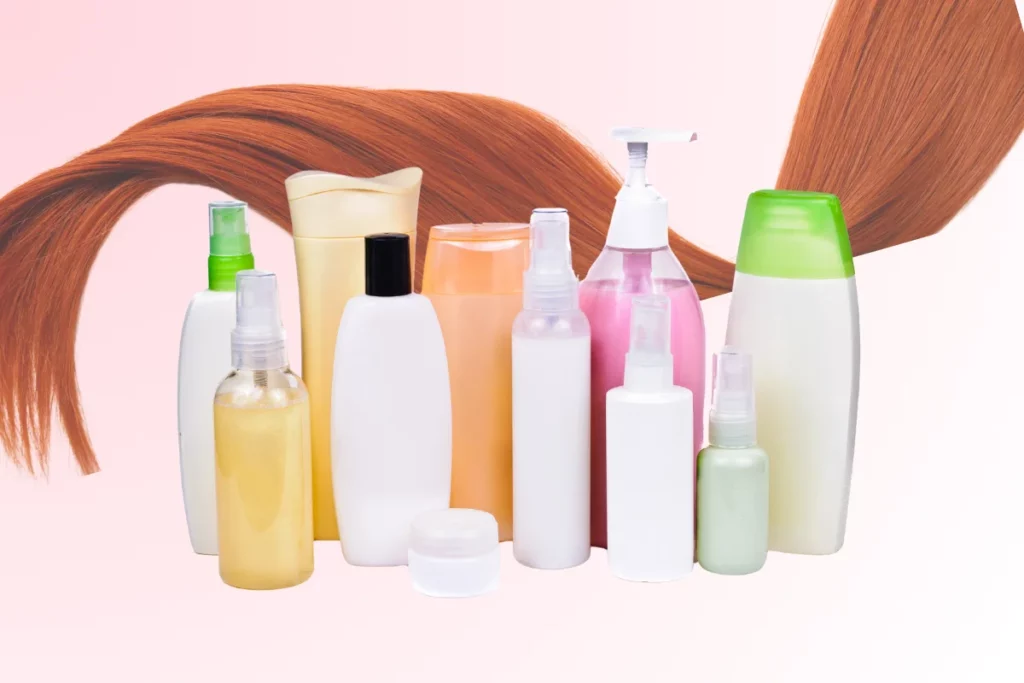
The history of hair care reveals a fascinating journey from traditional remedies to modern shampoo formulations. Credit goes to the advancements in chemistry for this revolution. The first commercial shampoos saw it’s introduction in the late 19th century.
But, these early versions were mainly soap-based, containing components like sodium hydroxide, laurel oil, and fragrance, which were often harsh on the hair and scalp. Over time, shampoo formulas improved with the incorporation of synthetic detergents such as sodium lauryl sulfate (SLS) and sodium laureate sulfate (SLES), offering superior cleansing and foaming abilities. Today’s shampoos offer a diverse range of formulations, catering to various hair types and concerns.
Ingredients and types of shampoo over the years
Recognizing the need for tailoring shampoos to different hair types, specialized variants emerged. Anti-dandruff shampoos, for instance, became available in the early 20th century, addressing a common scalp concern. Further advancements led to the creation of moisturizing shampoos for dry hair, volumizing shampoos for fine hair, and clarifying shampoos for removing product buildup. Nowadays, you can find an extensive array of shampoos formulated specifically for your hair’s unique needs.
| Shampoo Type | Main Ingredients |
|---|---|
| Anti-Dandruff Shampoo | Zinc pyrithione, ketoconazole, coal tar |
| Moisturizing Shampoo | Glycerin, oils (argan, coconut, etc.) |
| Volumizing Shampoo | Proteins, polymers, silica |
| Clarifying Shampoo | Surfactants, citric acid, vinegar |
| Color-Protecting Shampoo | UV filters, antioxidants |
The resurgence of natural haircare
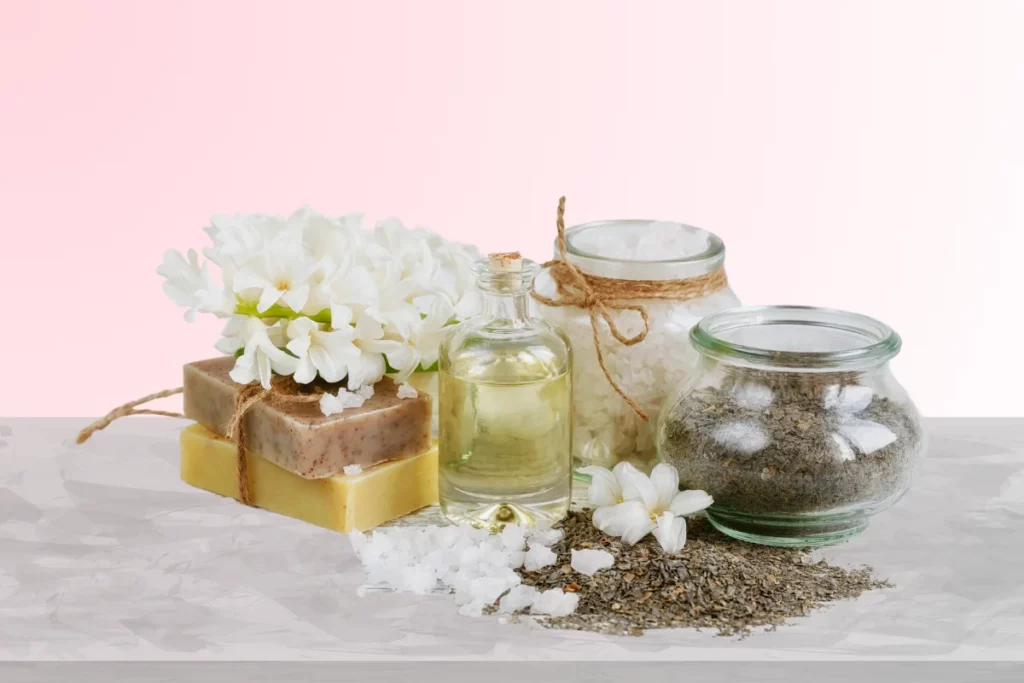
There has been a significant shift towards natural and sustainable hair care practices in recent years. Concerns about the potential harmful effects of synthetic ingredients have led many to explore alternative hair cleansing methods.
The resurgence of traditional ingredients like herbs, clays, and oils has gained popularity. These natural options offer a gentler and more environmentally friendly approach to hair care. By combining ancient wisdom with modern scientific understanding, individuals can create personalized hair care routines that promote both health and sustainability.
Final Word: What did people use before shampoo?
The journey of hair care has come a long way from ancient natural cleansers to modern shampoos. As we appreciate the convenience of contemporary products, it’s fascinating to reflect on the innovative methods our ancestors used. Embracing natural alternatives today not only connects us with the past but also offers eco-friendly and sustainable options for our hair care routines. Whether you choose traditional ingredients or modern formulations, understanding the evolution of hair care enriches our appreciation for both historical ingenuity and today’s advancements.


